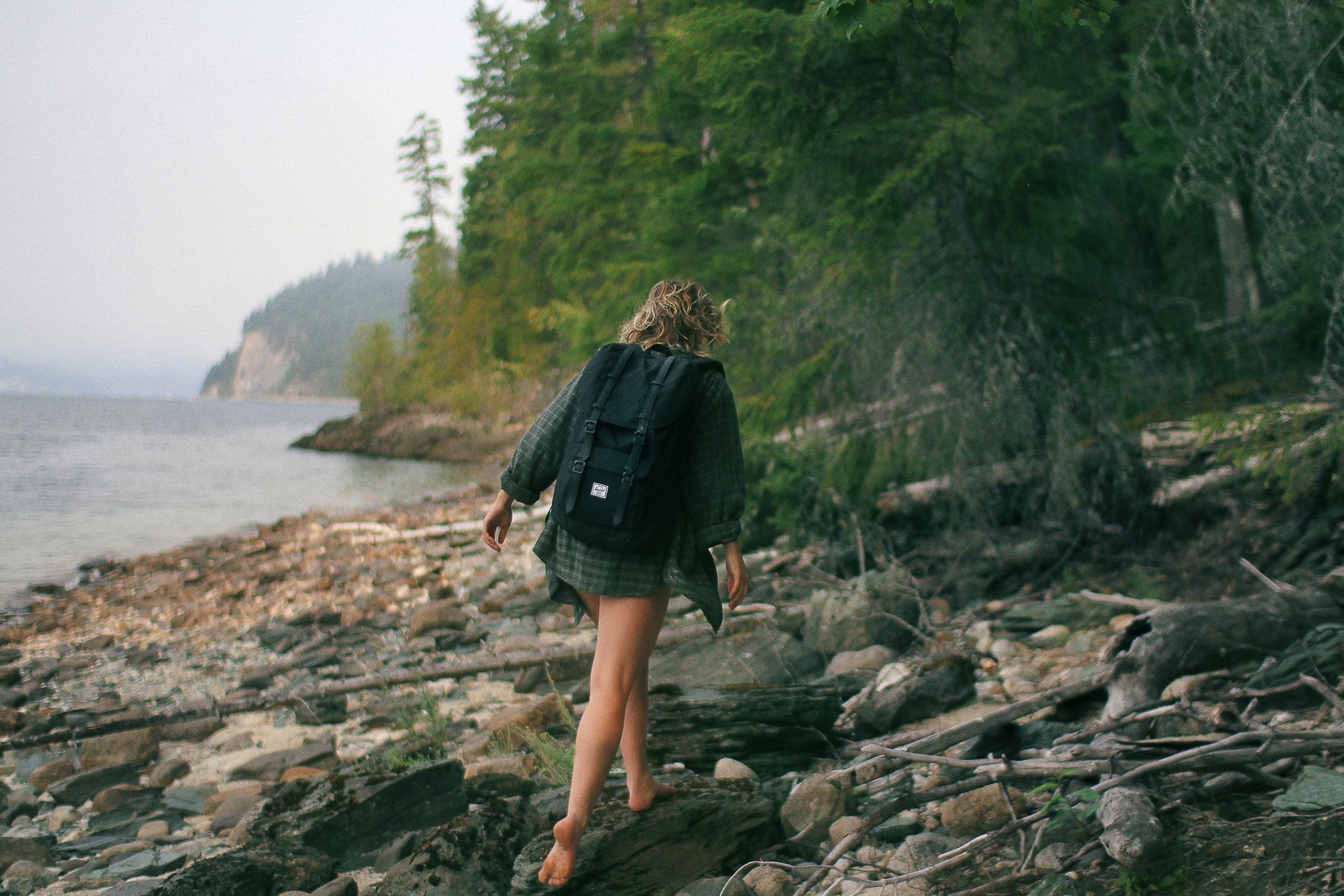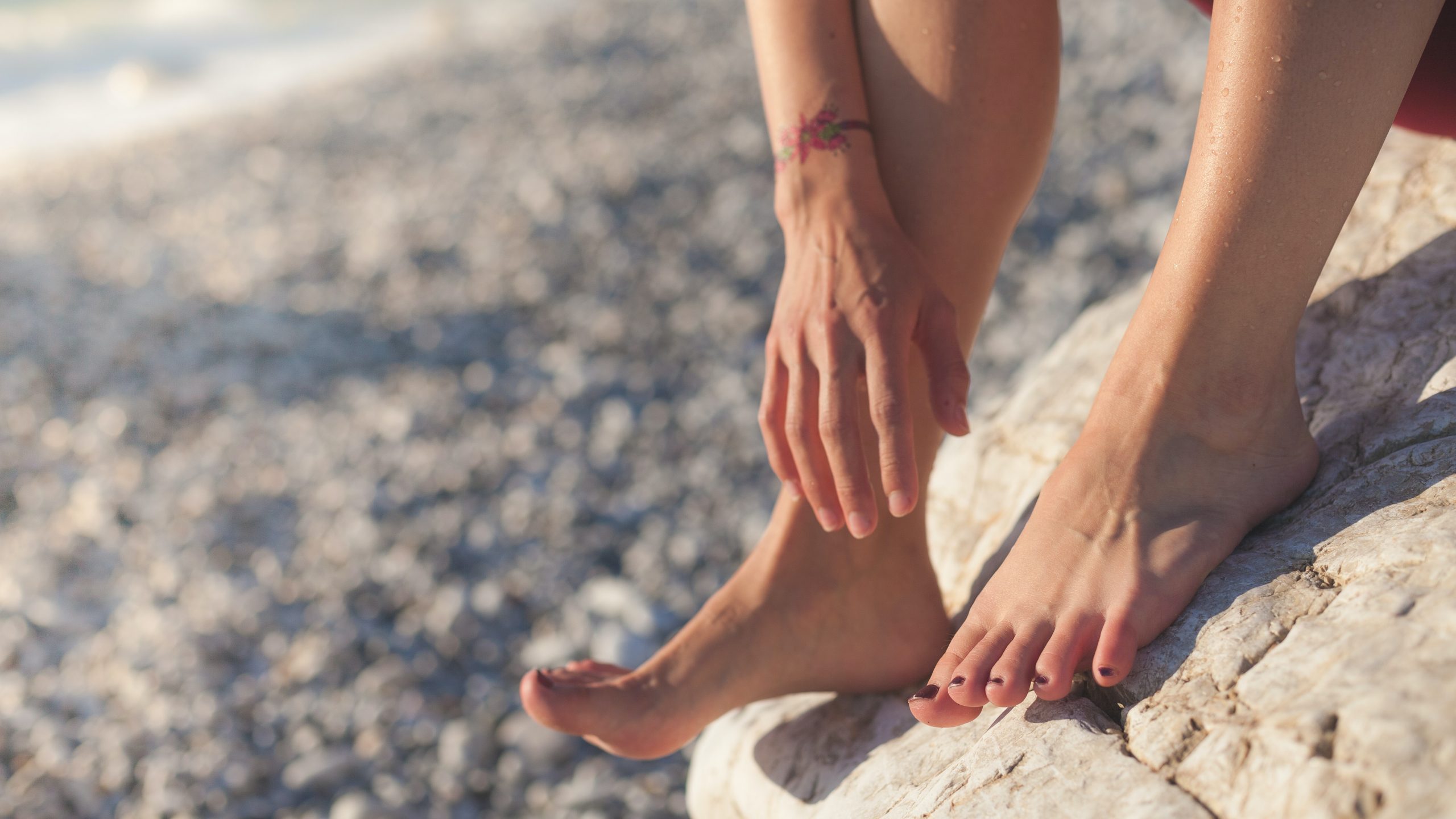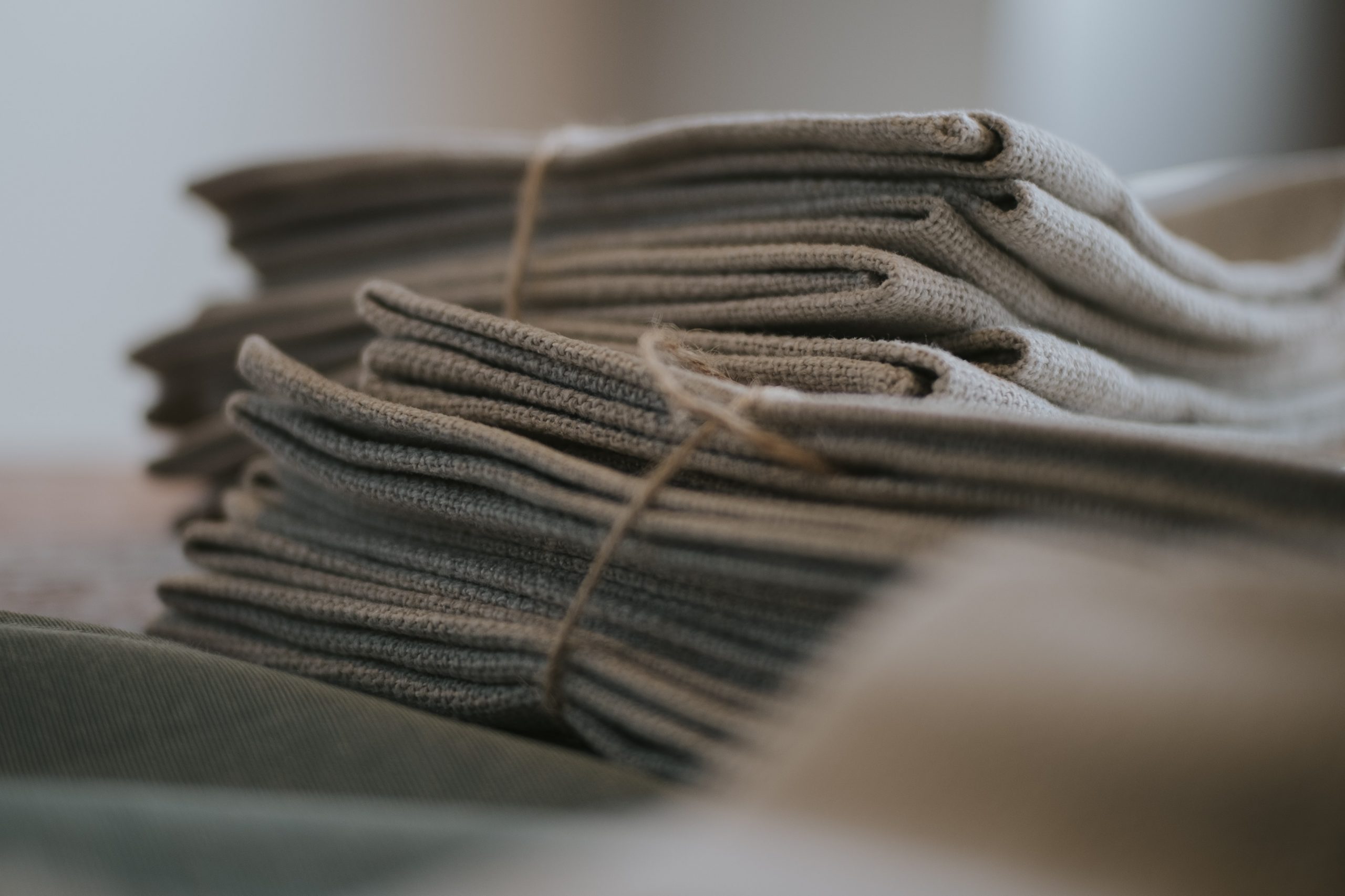Making the Switch to Barefoot Shoes
You’ve been thinking about it for a while, and now you’re ready to take the plunge! Congratulations on making a choice that will have a positive impact on your life and health. Now that you’re ready, you might be wondering, how can I switch shoe types gracefully? This is a great question, and although you might be excited about your new shoes, we suggest that you don’t quit your old shoes cold turkey. Logging many miles on your barefoot shoes right off the bat will leave you feeling sore and uncertain of your new upgrade. Easing into it is the best approach. Let us explain why.
Your lower legs, ankles, and feet have become lazy
Yes, you read that right. After years (probably your whole life) of shoes that offer great amounts of cushion and shock absorption, your muscles have not had to move in the ways they were designed to in a long time. This has made them less flexible and slightly weaker. Because of this, if you start wearing your new barefoot shoes everywhere, you’re not giving your feet time to build this muscle. To avoid pain or injury in the beginning, starting slow is best.
Your gait has become accustomed to the shoes that you are currently using
Your gait includes your posture, your stride, and overall how you move about in the world. Switching shoes means that this will change. Just like how you are going to give your feet, ankles and lower legs time to adjust and build up muscle, you might also be using different muscles more when your gait changes that need time to build themselves up as well. Again, making the switch slowly will give your body time to strengthen where it needs to, preventing pain and possible injury.
So now you understand why you should start slowly. But how should you execute this masterful switch? That is a great question, and we can help you with an actionable plan.
How do I make the switch?
We suggest that you start by wearing your shoes around the house. This will give your feet something familiar to land on that they might even be used to walking barefoot on already. Next, start going for short walks outside, slowly increasing to longer walks. When you feel comfortable with this, you can start going for jogs, and so on. This process will be true for any style of shoe you’re starting with, whether it’s a sandal, a casual wear shoe, or a running shoe. Start out small, and work your way up to wherever you want to land.
4 Reasons to Try Barefoot Shoes
Have you been thinking of giving minimal shoes a try? This movement (pun intended) of going back to our feet in natural form and letting them do their thing, has been catching on over the past 10 years. Shoes that offer a lot of padding, shock absorption, and shape are actually attempting to correct something that isn’t wrong! Your feet were made to carry you, and trying to change the way they are designed can cause permanent damage to not only your feet, but also your back, legs, and joints.
If you’re not yet convinced, here are some reasons why you should try minimal shoes that you may not have thought of yet.
1. You land more gently
When we wear shoes that have a lot of padding, we might be placing a lot of impact on one part of our foot, but our feet don’t signal to our brain as quickly that we need to land more softly. When we wear minimal shoes and our feet can feel the impact, we can understand where we might be having a greater impact than necessary as we run or walk. This allows us to efficiently adjust our stride to fix where we are hitting hard! So instead of striking our heel for an hour during our run, we can feel within minutes that we are striking our heel, and can fix this immediately.
2. It can strengthen your lower legs and feet
Wearing minimal shoes has been shown to increase plantar flexor strength. These are the muscles in your lower leg, ankle, and foot that help to control foot movement. Many endurance athletes focus on building strength here, so making the switch to minimal shoes can help this without the extra training.
3. Your balance can improve
As you hike, train, or generally move through life, your feet pass information to your brain about what you’re walking on! With a great amount of cushion below your feet, you can’t feel what’s underneath them. With a minimal shoe, you can feel this, allowing your feet to send those signals to the brain and, in turn, you can move more skillfully, while also improving your natural balance.
4. More comfort
With the wide toe, your feet have room to spread out and your toes aren’t pinched all day. You’ll get home after a long day and you won’t feel the need to kick off your shoes immediately when you walk through the door. What’s a better win than that?



